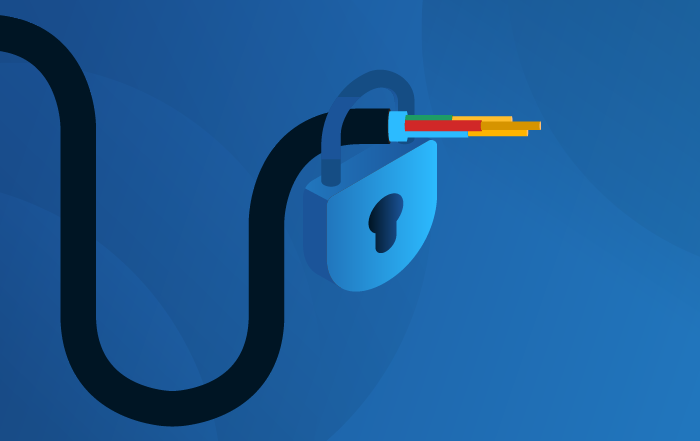Ways To Enhance Security: Protect Your Network and Customers
As an internet service provider, protecting your network along with your customers is one of the most important practices to consider.

2 min read
Taneil Currie : Aug 5, 2023

The rapid growth of technology has led to an unprecedented reliance on the internet and connectivity. As the demand for high-speed internet increases, fiber optic networks have emerged as the backbone of our digital infrastructure. However, with this expanding reliance comes the pressing need for Internet Service Providers to protect their Fiber Outside Plant (OSP) networks and safeguard critical infrastructure from potential cyber threats. In this article, we will explore essential strategies ISPs can adopt to enhance the security of their fiber OSP networks.
Fiber OSP networks refer to the physical infrastructure that comprises fiber optic cables running from central points to various locations, including homes, businesses, and other facilities. Unlike traditional copper cables, fiber optic cables utilize light to transmit data, offering faster and more reliable internet connections. The exposed nature of OSP networks makes them susceptible to unauthorized access, vandalism, and sabotage, making security a paramount concern for ISPs.
To fortify the security of their Fiber OSP networks and protect critical infrastructure, ISPs should adopt a multi-layered approach encompassing the following strategies:
Final Thoughts
As the demand for high-speed internet continues to grow, securing fiber OSP networks has become paramount for Internet Service Providers to protect critical infrastructure and maintain the reliability of their services. By adopting a multi-layered approach that includes physical barriers, advanced monitoring systems, encryption, and employee training, ISPs can fortify their OSP networks against cyber threats and safeguard the digital backbone of our interconnected world. By prioritizing network security, ISPs can contribute to building a resilient and secure digital future for all.

As an internet service provider, protecting your network along with your customers is one of the most important practices to consider.

The quality of service delivered directly influences not only the satisfaction of individual subscribers but also profoundly impacts the overall...

2 min read
The role of fiber networks stands as a cornerstone of technological progress. As we navigate a world increasingly dependent on seamless...